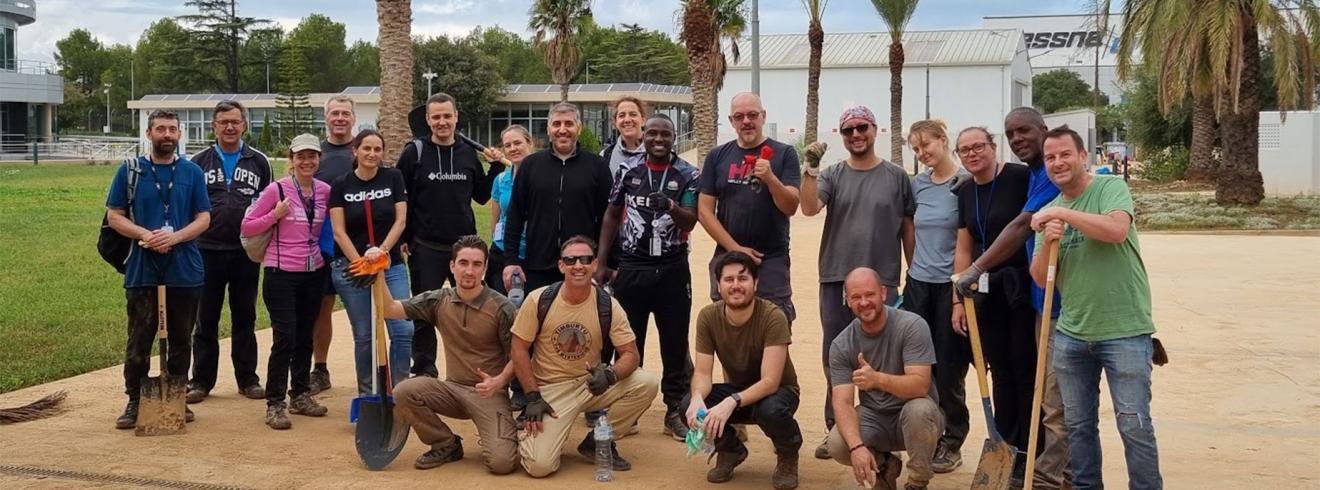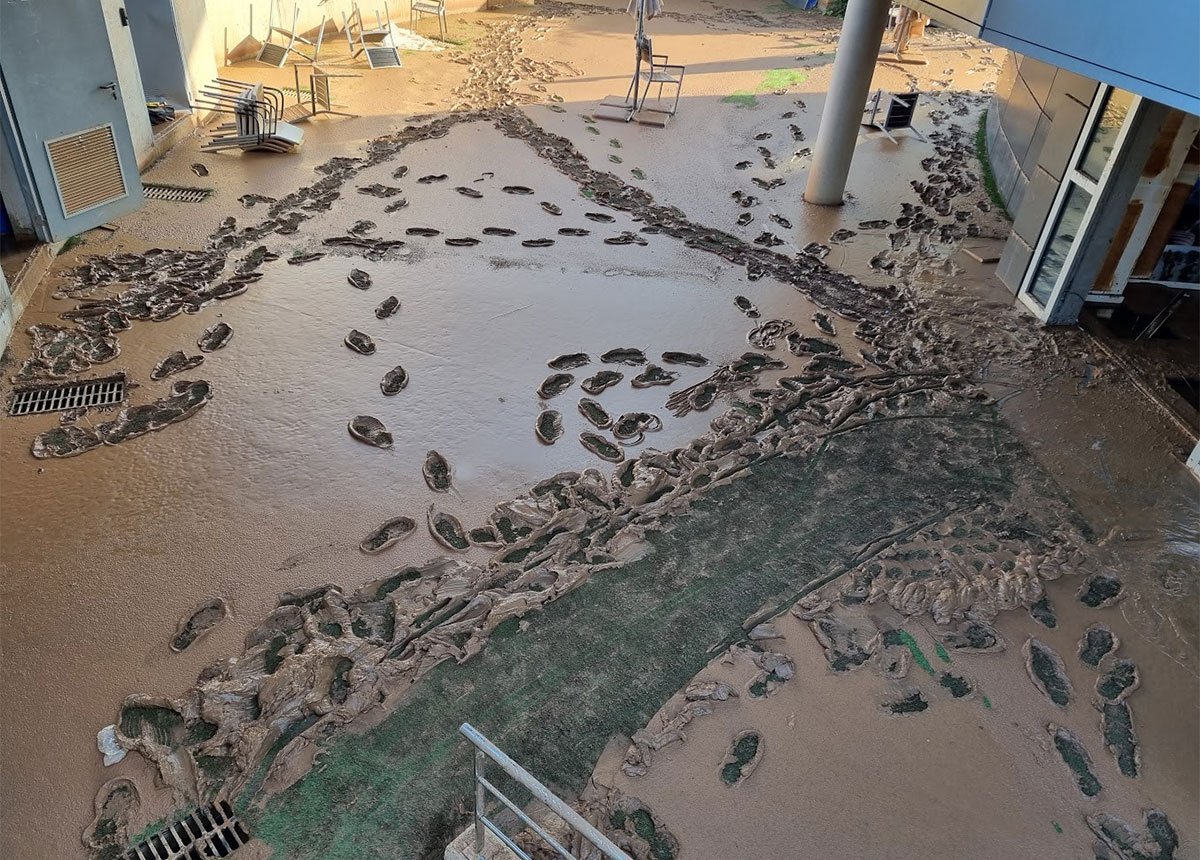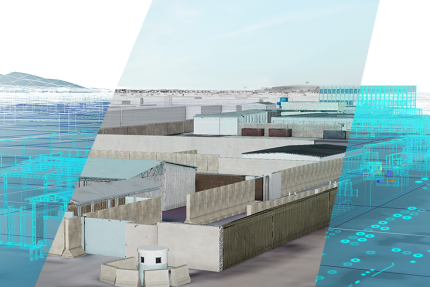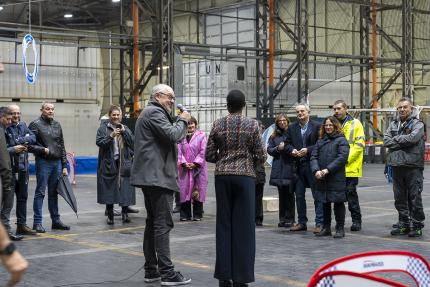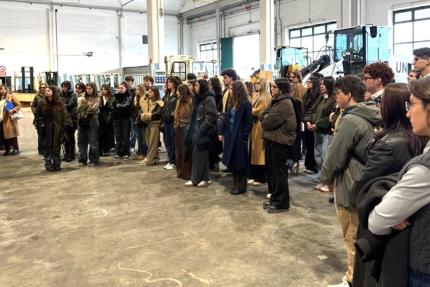In October 2024, Spain’s eastern coast was struck by a devastating DANA (Depresión Aislada en Niveles Altos) storm, unleashing torrential rains and flash floods that severely impacted the United Nations Information and Communications Technology Facility (UNICTF-V) in Valencia. As one of UNGSC’s twin technology centres, UNICTF-V plays a vital role in sustaining global UN operations—providing secure connectivity, hosting services, and real-time monitoring to over 225 UN offices and missions worldwide.
The storm’s impact was swift and severe. Several buildings were partially submerged, damaging infrastructure, corroding critical IT systems, and compromising the structural integrity of key facilities. Among the most affected was the Faraday Cage—a secure satellite communications room essential to maintaining uninterrupted global connectivity for the UN system.
Yet, even in the face of crisis, the Centre never stopped.
Continuity in Crisis
Thanks to robust business continuity and disaster recovery protocols, UNICTF-V was able to reroute satellite services to its sister site in Brindisi, Italy, within hours of the flood. This decisive action prevented a potential communications blackout and ensured uninterrupted service delivery to peacekeeping and political missions, as well as UN agencies, funds, and programmes around the world.
The ability to absorb the shock, adapt in real time, and continue delivering mission-critical services is a testament to the resilience built into UNGSC’s operational model.
A Collective Response
As floodwaters receded, the response effort quickly mobilized. UN personnel volunteered to clear debris and restore access, working tirelessly for 10 days under physically and emotionally demanding conditions. The Host Country, Spain, deployed engineers from the Ministry of Defence to assess damage, advise on structural mitigation, and lead the renovation of affected facilities under an existing cooperation agreement.
UNGSC teams in both Valencia and Brindisi worked in parallel to restore internal systems and IT infrastructure. A phased recovery plan—guided by real-time assessments and adaptive planning—enabled the rapid restoration of core services. Local vendors also played a critical role, navigating post-flood challenges to supply essential materials and support.
“Finding operational vendors unaffected by the DANA floods was challenging,” recalled Logistics Assistant Josefa Teresa Martinez Esteve. “Sourcing critical materials and reliable partners required intense coordination and perseverance amid rapidly evolving conditions.”
From Recovery to Resilience
Eight months on, nearly 50% of the restoration work has been completed. Two office buildings have undergone essential structural and interior repairs, and the Medical Clinic has resumed full operations with upgraded equipment and restored hygiene standards. The Faraday Cage—one of the most complex recovery efforts—remains under renovation, with Brindisi continuing to provide satellite connectivity in the interim.
But the focus has now shifted from recovery to long-term resilience.
“While natural disasters of such scale can’t be entirely prevented, we are now implementing structural upgrades, including reinforced water barriers, improved drainage systems, and redesigned thresholds to better protect vulnerable buildings,” said Architect Cynthia Primo Bou.
A Stronger Foundation for the Future
Reflecting on the experience, Michel Bergeron, Chief of Geospatial, Information, and Telecommunications Technology and Head of the Valencia Premises, emphasized the power of partnership:
“The speed and scale of the response would not have been possible without the commitment of Member States, the Local Government, suppliers, and our own UN personnel. As a result of these joint efforts, we ensured uninterrupted service delivery for the UN system.”
“We want the international community to know that their investments in infrastructure, emergency preparedness, and cooperation have proven invaluable. Together, we are not just rebuilding walls and systems—we are strengthening the backbone of global peace operations.”
